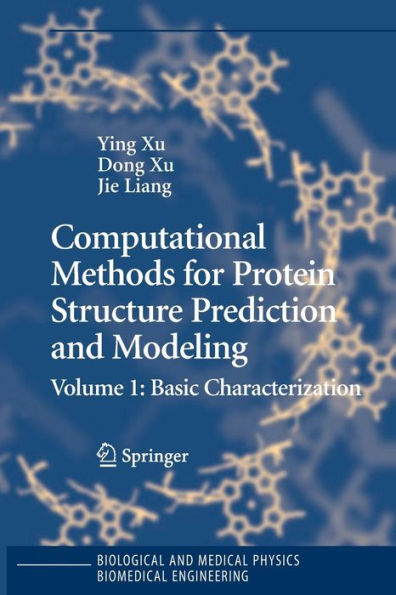5
1
9781441922052



Computational Methods for Protein Structure Prediction and Modeling: Volume 1: Basic Characterization / Edition 1 available in Hardcover, Paperback

Computational Methods for Protein Structure Prediction and Modeling: Volume 1: Basic Characterization / Edition 1
- ISBN-10:
- 1441922059
- ISBN-13:
- 9781441922052
- Pub. Date:
- 11/29/2010
- Publisher:
- Springer New York
- ISBN-10:
- 1441922059
- ISBN-13:
- 9781441922052
- Pub. Date:
- 11/29/2010
- Publisher:
- Springer New York

Computational Methods for Protein Structure Prediction and Modeling: Volume 1: Basic Characterization / Edition 1
$169.99
Current price is , Original price is $169.99. You
169.99
In Stock

Product Details
| ISBN-13: | 9781441922052 |
|---|---|
| Publisher: | Springer New York |
| Publication date: | 11/29/2010 |
| Series: | Biological and Medical Physics, Biomedical Engineering |
| Edition description: | Softcover reprint of hardcover 1st ed. 2007 |
| Pages: | 396 |
| Product dimensions: | 6.10(w) x 9.25(h) x 0.03(d) |
About the Author
From the B&N Reads Blog
